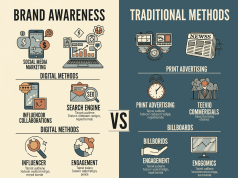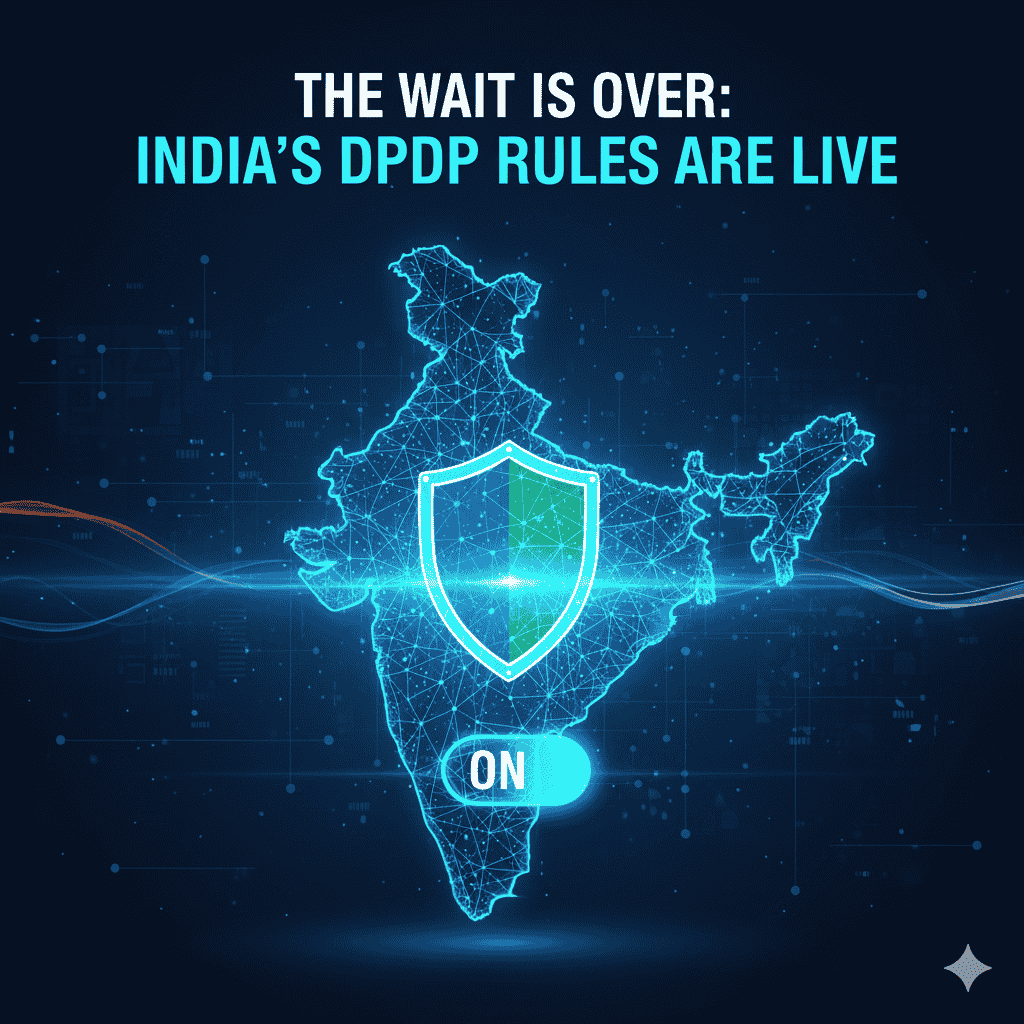In an era where digital advertising reigns supreme, the intersection of consumer privacy and precision marketing has become a focal point of discussion. As data-driven advertising technologies evolve, balancing effective marketing strategies with consumer trust has never been more critical. This article delves into the intricacies of privacy and precision, highlighting the challenges and opportunities that lie ahead.
The Rising Importance of Privacy
Consumer privacy has emerged as a paramount concern in the digital landscape. High-profile data breaches, coupled with growing awareness of data exploitation, have left consumers wary of how their information is used. Regulations like the General Data Protection Regulation (GDPR) in Europe and the California Consumer Privacy Act (CCPA) in the United States reflect a global shift towards enhancing individual privacy rights.
Consumers are now more inclined to support brands that demonstrate a commitment to ethical data practices. A survey by Pew Research Center indicates that 79% of Americans are concerned about how their data is being used by companies, underscoring the need for businesses to be transparent about their data collection methods.
The Power of Precision advertising
On the flip side, precision advertising—targeting consumers with tailored messages based on their behavioral data—has proven to be a game-changer for brands. With advanced analytics and machine learning algorithms, advertisers can deliver highly relevant content, driving engagement and conversion rates. The ability to track consumer interactions across various touchpoints enables brands to create personalized experiences, enhancing customer satisfaction.
However, the question remains: How can brands harness the power of precision while respecting consumer privacy?
Striking the Right Balance
Transparency is Key
For brands seeking to build trust, transparency is essential. Disclosing how data is collected, used, and shared fosters an environment where consumers feel more in control. Clear privacy policies and user-friendly consent mechanisms can facilitate this transparency. Additionally, brands should engage in honest conversations about the benefits of data collection, illustrating how personalized advertising can improve the user experience.
Investing in Privacy-First Solutions
The shift towards privacy-centric advertising technologies is gaining momentum. Solutions such as contextual targeting, which uses a website’s content rather than user data to determine ad placements, can help brands reach their audience without infringing on privacy. Similarly, utilizing first-party data—information collected directly from consumers with their consent—can enhance targeting while minimizing reliance on third-party data, which raises more privacy concerns.
Educating Consumers
Educational initiatives can empower consumers to make informed decisions regarding their data. By providing resources that explain data practices, brands can demystify the complexities of digital advertising. Consumer education fosters a sense of agency, enabling individuals to understand their rights and the implications of data sharing.
The Role of Regulation
Government regulations will continue to shape the landscape of privacy and advertising technology. As regulatory frameworks evolve, brands must stay abreast of compliance requirements. Embracing a proactive approach to privacy not only mitigates legal risks but also positions brands as leaders in ethical advertising practices.
The Future of Advertising Technology
As we move forward, the integration of advanced technologies like artificial intelligence (AI) and blockchain may hold the key to reconciling privacy with precision in advertising. AI can analyze large datasets while adhering to privacy regulations, identifying patterns without compromising individual identities. Blockchain technology, with its decentralized nature, offers a transparent method for tracking consent and data use, providing consumers with more control over their information.
Conclusion
Navigating the delicate balance between consumer trust and advertising precision requires a multifaceted approach. By prioritizing transparency, investing in privacy-centric solutions, and actively educating consumers, brands can foster a more reliable digital ecosystem. As the landscape of advertising technology continues to evolve, striking this balance will be crucial for building long-lasting relationships with consumers, ultimately driving business success in an increasingly privacy-conscious world.









